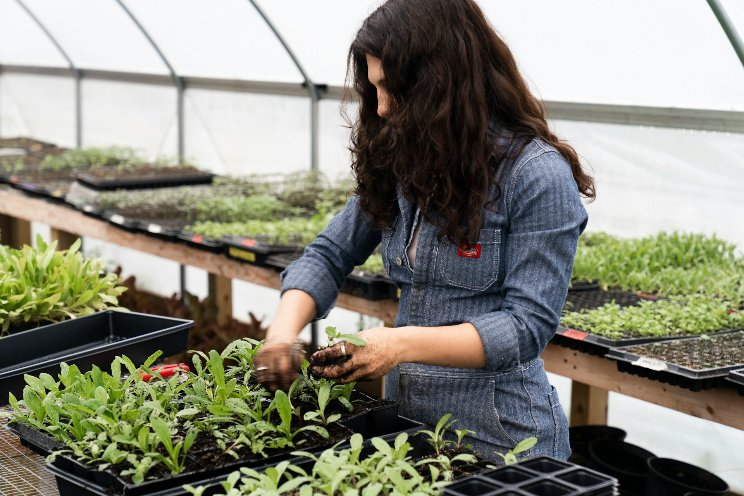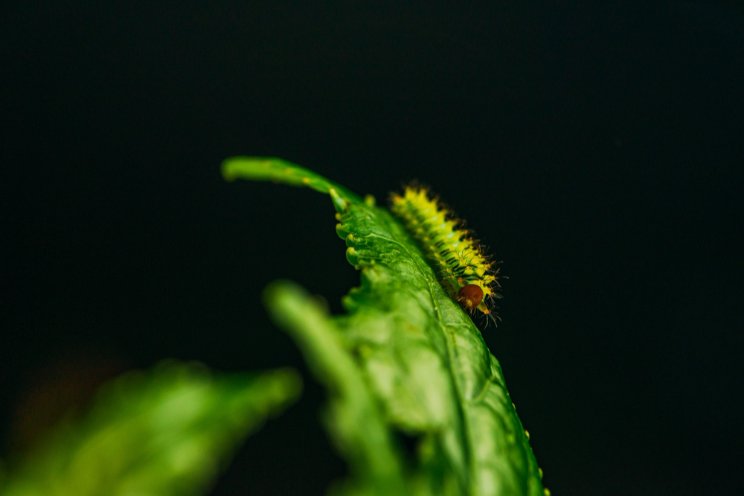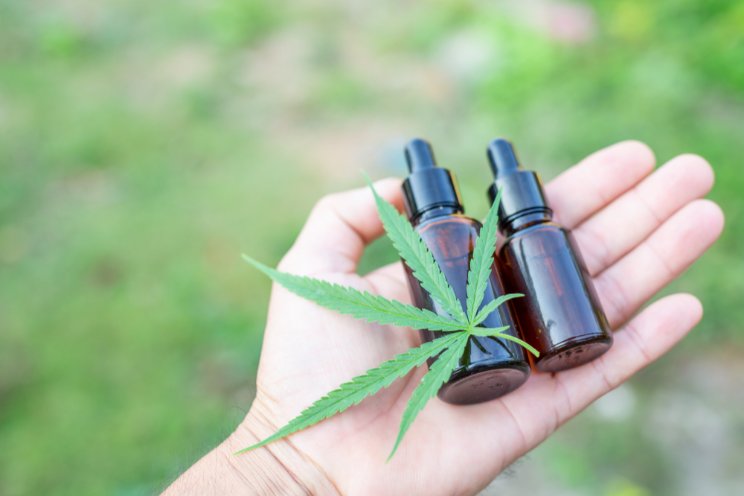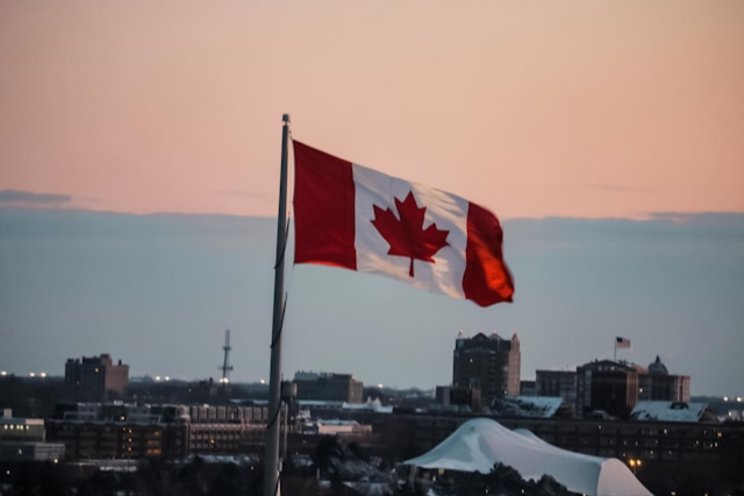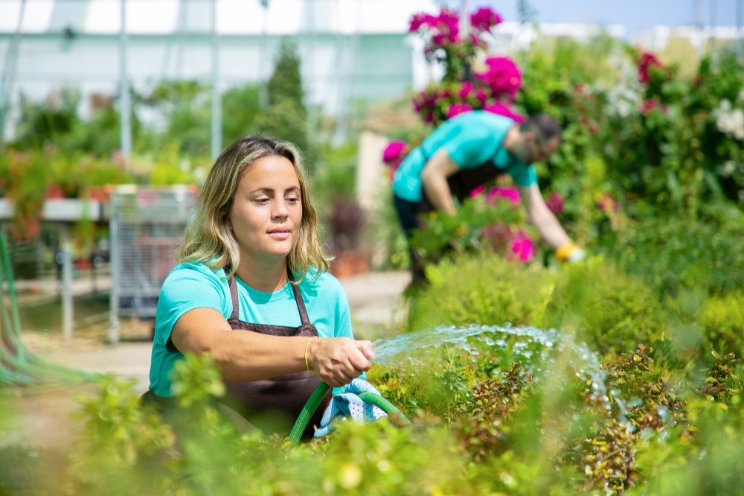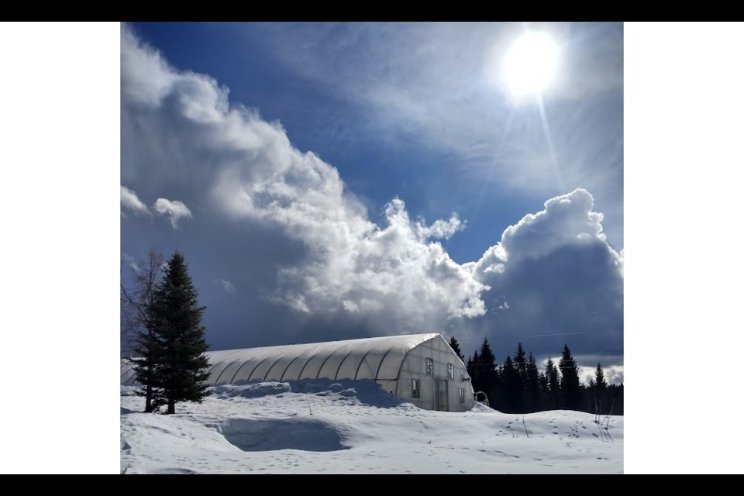The Wall: A new generation of indoor farming
Added on 24 January 2023

The United Nations predicts Earth will have to feed another 2.3 billion people by the year 2050, with most concentrated in urban centers far from farmland. Current agriculture may not have the capacity to feed that many people, and it could threaten future production by depleting soil of essential nutrients and contaminating freshwater supplies and soil with pesticides and herbicides.
Conventional farmers are working to make their fields more efficient and productive and less harmful to the environment – at times with innovations and other support from NASA – but these changes are only part of a long-term solution.
NASA has been working for decades to tackle similar problems for space exploration. Reusing a limited water supply, minimizing energy consumption, and eliminating soil as a growth medium are just a few ways the agency stretches the limited resources available in space. Research into solving these challenges to grow plants in a closed environment like a spacecraft inspired NASA to build the first vertical farm in the United States, creating a foundation for the controlled environment agriculture industry to build on. The lessons learned are inspiring an unconventional new generation of farmers.
Photo: Green Sense uses LED lights in its vertical farms, adjusting the mix of red and blue light for each plant species. Lane Patterson, chief engineer, examines the successful cultivation of Italian basil. Patterson gained valuable experience in indoor farming when he worked at the South Pole Station, operating an indoor growth chamber that was partly funded by NASA. Credit: Green Sense Farms Holding Inc.
More news
